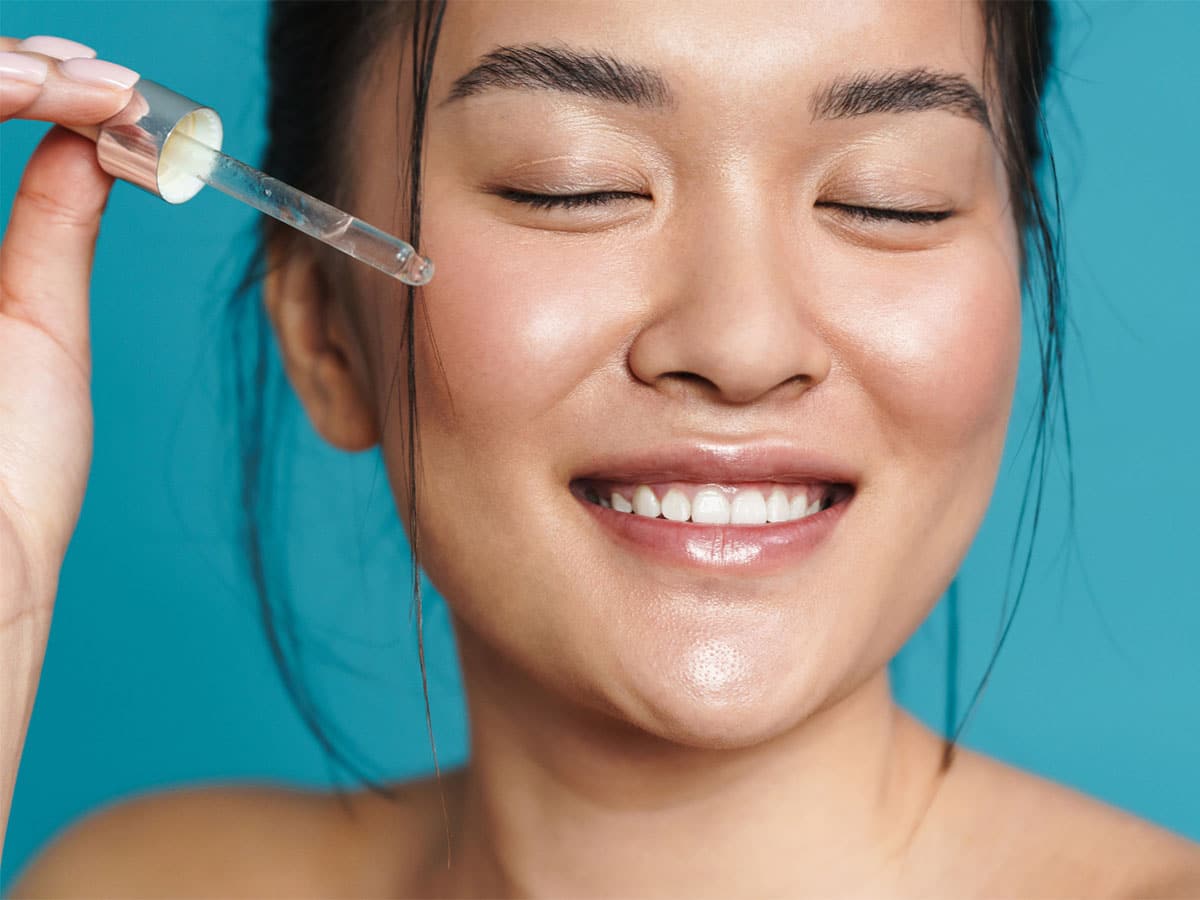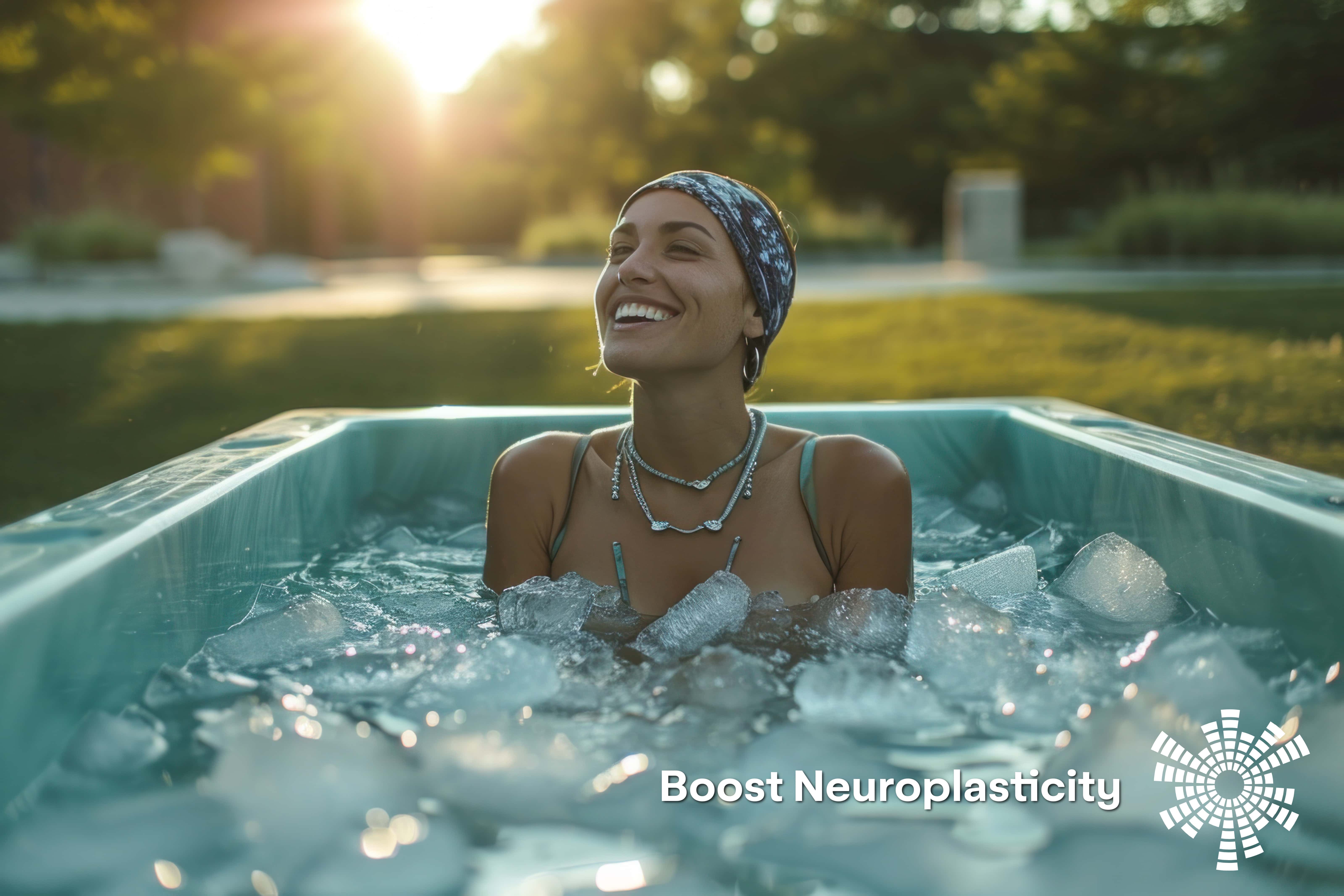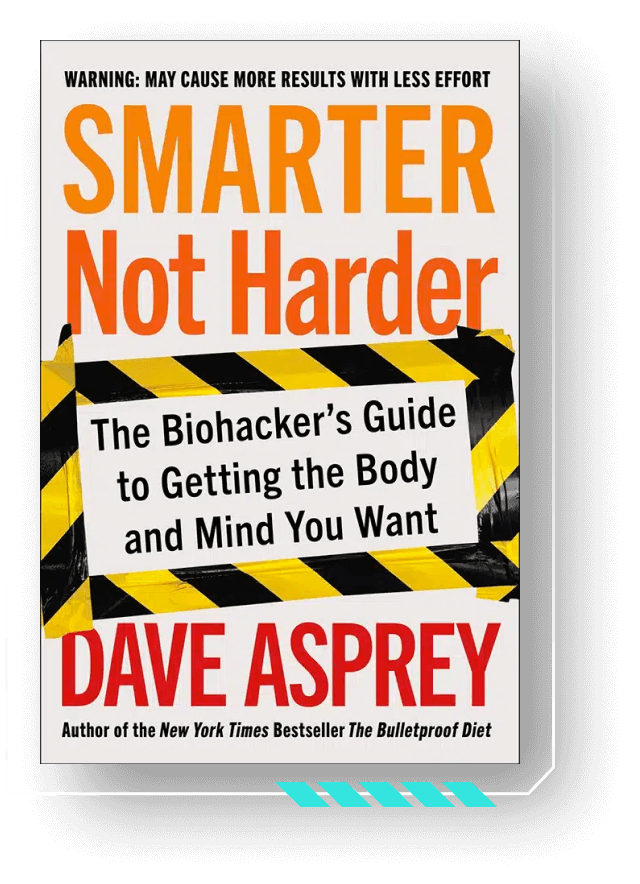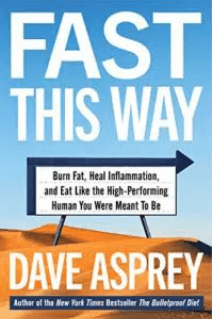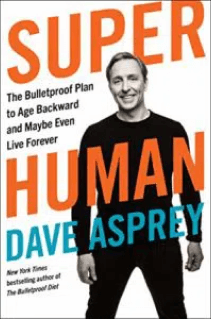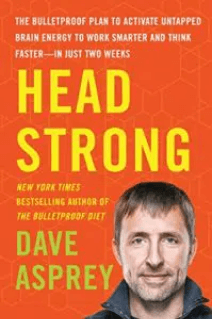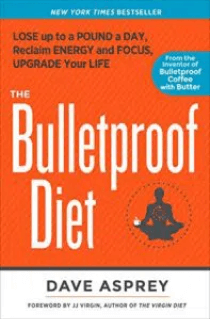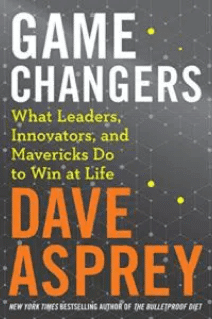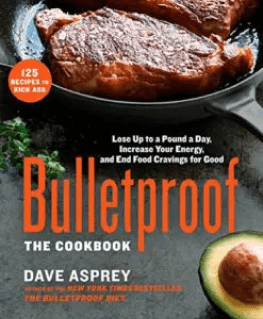
No, this isn’t going to be a Puritanical rant about how yoga pants are too revealing. If you’ve been eating the Bulletproof Diet, you’re probably in killer shape. Flaunt it.
Just don’t flaunt it in synthetic clothing.
It’s an odd thought, but the fabrics you wear affect your biology more than you might think. Compounds in your technical athletic gear can build up in your body over time, leading to hormone imbalance, inflammation, and even cancer.
Your exposure is two-fold. First, your skin is exposed directly; second, particles called microfibers are making their way into our food supply.[ref url=”http://www.ingentaconnect.com/contentone/aatcc/rev/2017/00000017/00000005/art00001″]
So take off that technical athletic gear, put on your favorite old cotton tee, and read on. This is a practical 5-step guide to upgrading your wardrobe.
1) Choose natural fibers over synthetic ones
Synthetic fabrics – think polyester, acrylic, elastane, acetate, and nylon – carry several downsides. They’re made from plastics, petroleum products, or heavily processed wood fiber, and they typically undergo extensive chemical treatment to get them into soft, wearable form. Common chemicals in synthetic clothing production include:
- Nonylphenols, estrogenic hormone disruptors linked to breast cancer and decreased fertility in men.[ref url=”http://www.sciencedirect.com/science/article/pii/S0160412008000081″] Chemical analyses from Greenpeace have found nonylphenols in synthetic clothing from common brands, sometimes in quite high concentrations.[ref url=”http://www.greenpeace.to/greenpeace/wp-content/uploads/2014/01/A-Little-Story-About-the-Monsters-In-Your-Closet-Technical-Report.pdf”][ref url=”http://www.greenpeace.org/international/Global/international/publications/toxics/2014/Detox-Football-Report.pdf”]
- Perfluorinated compounds (PFCs) are also common in synthetic clothing. Some companies use them to treat natural clothes as well.[ref url=”http://www.greenpeace.to/greenpeace/wp-content/uploads/2014/01/A-Little-Story-About-the-Monsters-In-Your-Closet-Technical-Report.pdf”] PFCs disrupt your hormones, and they also repel both water and oil, which means when they release into the environment they don’t break down.
- Phthalates, components of plastic that mimic estrogen and increase cancer risk,[ref url=”https://www.ncbi.nlm.nih.gov/pmc/articles/PMC2854732/”] are common in screen-printed shirts and polymer-based fabrics like polyester and nylon.[ref url=”http://www.greenpeace.to/greenpeace/wp-content/uploads/2014/01/A-Little-Story-About-the-Monsters-In-Your-Closet-Technical-Report.pdf”] All the tested pieces of clothing had phthalates in very low concentrations, but phthalates store in your body over time.[ref url=”http://www.greenpeace.to/greenpeace/wp-content/uploads/2014/01/A-Little-Story-About-the-Monsters-In-Your-Closet-Technical-Report.pdf”][ref url=”https://www.ncbi.nlm.nih.gov/pubmed/18684505″] You probably don’t want chronic low-level exposure if you can avoid it.
Synthetic clothing also releases microfibers when you wash it. The little bits of plastic are the number one source of shoreline debris.[ref url=”https://www.ncbi.nlm.nih.gov/pubmed/18684505″] A 2001 study found that they absorb other toxic chemicals in the ocean, becoming concentrated [8], and then they end up in the seafood we eat.
Clear your closet of synthetic clothing. Go for natural fibers like cotton, hemp, silk, and wool instead. Bonus points if you buy organic cotton. Conventional cotton has a very high pesticide load, and you don’t want that stuff in constant contact with your skin either. Your body can accumulate toxins via your skin – even from things like clothing – and create a huge burden on your liver and other detox organs.
2) Mind the static
This is a weird one. In physics, there’s something called the Triboelectric Series that ranks how much different fabrics pull charge from your skin (you can read the list here).[ref url=”http://soft-matter.seas.harvard.edu/images/8/8e/Tribo.png”]
Materials from the bottom half of the list create a strong static charge when they come into contact with your skin, disrupting the flow of electrical current in your body. Voltage affects every cell in your body and changing the electrical charge of your skin triggers inflammation and oxidative stress.[ref url=”http://www.webmedcentral.com/article_view/1185″] You can mitigate this by:
- Avoiding certain fabrics. Stay away from polyester, elastane, acetate, rayon, and acrylic. They can create subtle inflammation when you wear them. If you are going to wear them, get them blended with cotton, which is neutral.
- Opting for blends. 100% cotton clothing is best. Hemp, silk, and wool are all good choices, too. If you can’t avoid synthetics altogether, go for cotton blends. Or just go naked. Problem solved.
- Wear cotton underwear. Whatever you do, keep synthetics away from your private bits. One researcher outfitted his lab rats with polyester pants (yes, this is real), and found that it reduced their sex drive, owing to changes in electrical currents you-know-where.[ref url=”https://www.karger.com/Article/Abstract/474332″] Don’t worry, everything went back to normal a few months after the rats stopped wearing polyester pants.
3) Get more vitamin D and testosterone with loose-knit clothing
Sun exposure increases testosterone and vitamin D synthesis, and actually decreases the risk of skin cancer as long as you don’t overdo it[ref url=”http://ajcn.nutrition.org/content/80/6/1678S.long”] (check out this article for a full breakdown of why sun exposure is an awesome free biohack). You’ll thrive on about 10-45 minutes of direct sunlight a day, depending on how fair your skin is. To maximize beneficial UVB rays, get out in the sun between 10:30 AM and 3:00 PM, with as much skin exposed as is legal.
Of course, not everyone has the luxury of semi-clothed afternoon sunbathing. Another option is to wear a loose-knit shirt that lets those sweet UVB rays through your clothes gradually throughout the day, whenever you’re outside.
Hemp, large-gauge cotton knits, and linen all let a good amount of sun through. Again, synthetics lose here: they’re very compact weaves, which means they block practically all sun exposure. That’s great if you’re hiking in a desert, but for day-to-day use, wearing something a little more breathable can give you the many benefits of sun exposure.
4) Upgrade your detergent
Many commercial laundry detergents contain hormone-disrupting artificial fragrances and nonylphenol ethoxylates. That stuff seeps into your clothing, and you spend all day walking around with it.
Instead, choose a natural, eco-friendly detergent without artificial fragrance. Seventh Generation makes good natural detergents that actually clean your clothes.
High heat breaks down the fibers in synthetic clothing faster than cold water. When washing your athletic wear, use the cold water setting and line dry in the sun, if possible. You’ll avoid microfiber breakdown and your clothes will last longer.
5) Consider a minimalist wardrobe
A minimalist wardrobe means simplifying your wardrobe down to 10-30 pieces (not including socks and underwear. Keep plenty of those). You’d own 2-4 shirts, 2-4 pairs of pants, 2-3 dressier options (dresses/suits and collared shirts), a couple of jackets for each type of weather, and a couple of sets of nontoxic workout clothing. That’s it.
Or you could go full Steve Jobs and wear the same outfit every day.
There are several benefits of a minimalist wardrobe:
- Simplicity and style. No more draining your willpower choosing what you wear every morning. You get up, throw on your clothes, and go. With fewer options and clothes that match, you’ll always look good.
- Fewer toxins. Opt for fewer, higher-quality items made from nontoxic materials to reduce your toxic footprint. The more you reduce environmental toxins, the lower your body’s toxic burden.
- Cost. No more spending money on clothes you never wear. You strip your wardrobe down to the basics and use every piece of clothing.
Listen to The Minimalists talk about it (and other aspects of simple living) on this episode of Bulletproof Radio.
Here’s the deal – part of my job as Bulletproof CEO is to look good on camera when I’m on stage with Tony Robbin’s at his Unleash the Power Within or working with the media to get them to talk about healthy fats. I’m not minimalist, and probably won’t be. But the odds are you’ll find me in a Bulletproof T-shirt 90% of the time, because it’s easier!
READ NEXT
https://daveasprey.com/7-detox-methods-that-really-work/
